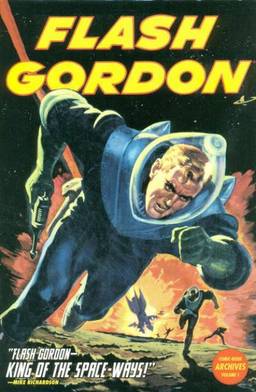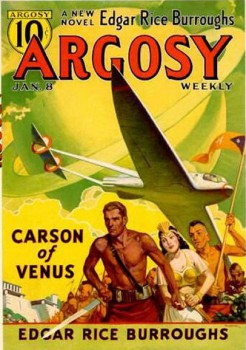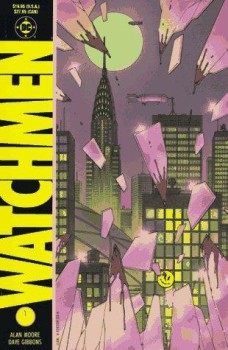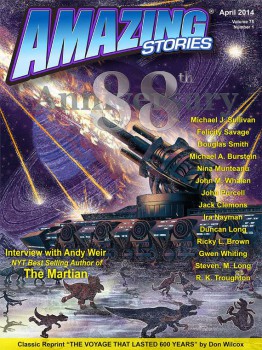Voices in Fantasy Literature, Part 4
 It’s not just Hallowe’en, Christmas, and Thanksgiving, but it’s also that time of year when I try to catch up my 2014 short fiction listening so that I’ll be ready to make some choices about the Nebulas, the Hugos, and the Auroras.
It’s not just Hallowe’en, Christmas, and Thanksgiving, but it’s also that time of year when I try to catch up my 2014 short fiction listening so that I’ll be ready to make some choices about the Nebulas, the Hugos, and the Auroras.
This is a good kick in the pants for me, and it lets me pick up the thread of my Voices in Fantasy Literature series (see parts I, II, III). I started with Lightspeed magazine and three stories I loved in my first batch of listening.
“No Lonely Seafarer” by Sarah Pinsker tells the coming-of-age story of Alex Turlington, an intersex orphan being raised by a tavern-keeper in a sea-town. When a flock of sirens set up a nest overlooking the harbor, all the sailors are trapped in the town, until one captain has an idea of how to get past them, and it involves Alex. There’s some beautiful, closely intimate language, but the strength of the story is in Alex’s growth. A great listen in under 40 minutes.
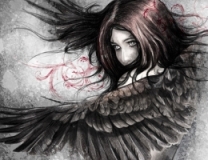 “The Quality of Descent” by Megan Kurashige is a different kind of fantasy voice, one that is confused, vacillating, self-deprecating, and self-eviscerating by turns, a thematic match for this love collision story. The narrator gets unusual animals and items for parties and performers, and is visited by a vagabond girl with wings on a bicycle. They are both broken in different ways and this is that kind of love story. Beautifully done. Worth listening to a second time. Clocks in at 32 minutes.
“The Quality of Descent” by Megan Kurashige is a different kind of fantasy voice, one that is confused, vacillating, self-deprecating, and self-eviscerating by turns, a thematic match for this love collision story. The narrator gets unusual animals and items for parties and performers, and is visited by a vagabond girl with wings on a bicycle. They are both broken in different ways and this is that kind of love story. Beautifully done. Worth listening to a second time. Clocks in at 32 minutes.
The last story, “Thirteen Incantations” by Desirina Boskovitch, is a bit of a cheat for me, because this is a 2011 story from fantasy magazine and was only recently reprinted in Podcastle, but was such a captivating listen that I couldn’t leave it off.
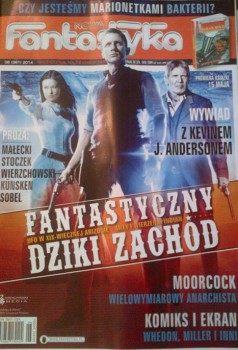
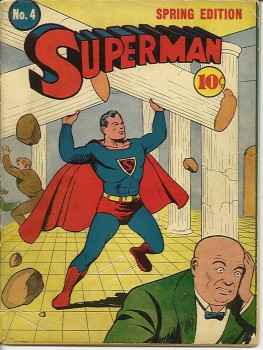
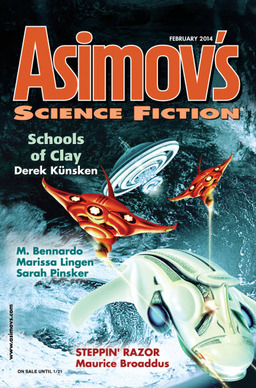
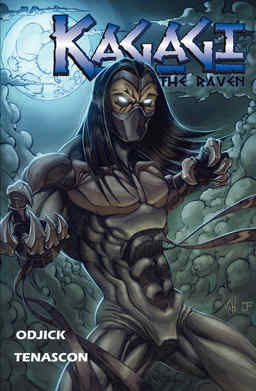
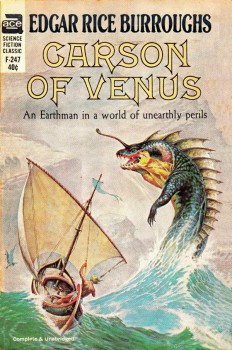 When we last left our intrepid blogger (me) two weeks ago, he had blogged (see Parts
When we last left our intrepid blogger (me) two weeks ago, he had blogged (see Parts 